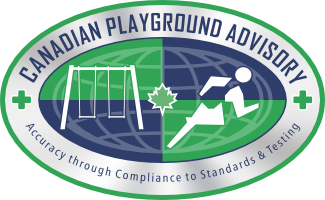Protecting Children from Surface Impact Injuries (Abstract)
Abstract - Determination of “Specified/Drop” Height
Play is the self-directed activity of the participant presented with a graduated challenge of their own choosing. This is not restricted to the formalized play structure that is found in parks and school yards, however that setting will be the central point of this paper. The key focus will be on the considerations of from what height does the player need protection starting with the installation of an impact attenuating surface and throughout its functional life.
The risk (likelihood of an injury severity and the opportunity to avoid it) of a fall is integral part of the playground. Human beings are hardwired to climb and that exposes the climber to a fall. Prevention of an injury will be based on the user (their skill, ability to avoid a fall, and their capacity to understand the likelihood and consequence) and the physical site (height of the fall, preventative structures, and impact attenuation properties of the surface). The hazard is the impact with the surface, while the hazardous situation is the exposure to the fall. The hazardous event occurs when the person impacts the surface resulting in an injury or harm. The severity of the injury sustained will have a lot to do with the forces exerted onto the body. This is not unlike an automobile accident and that is why automotive data is used to better understand the mechanism of injuries. Like in an automobile the speed of the moving body falling in the playground from high structures is critical to the severity.



